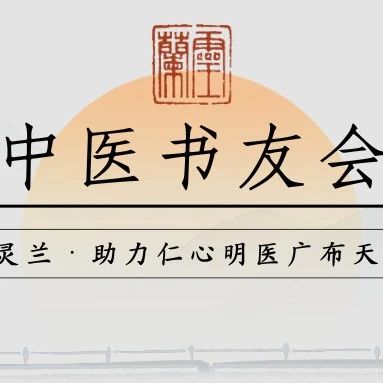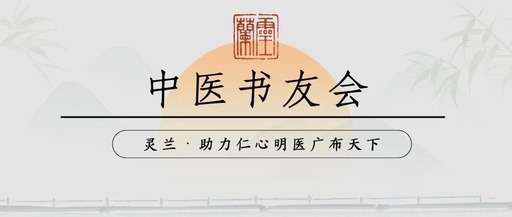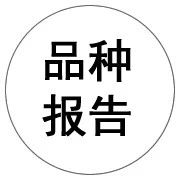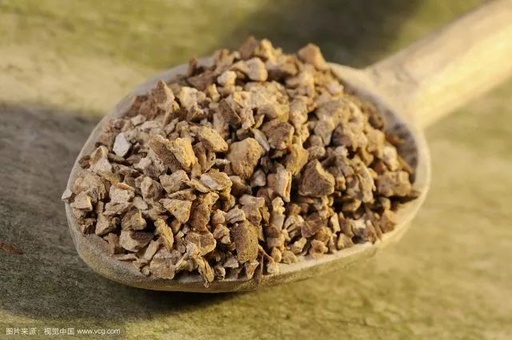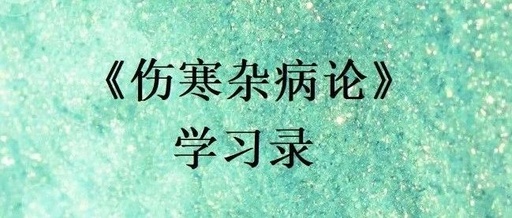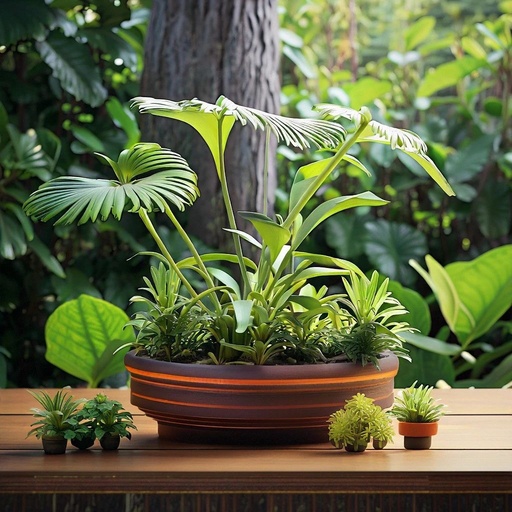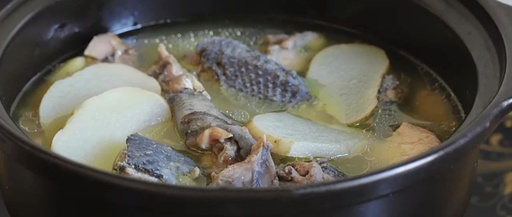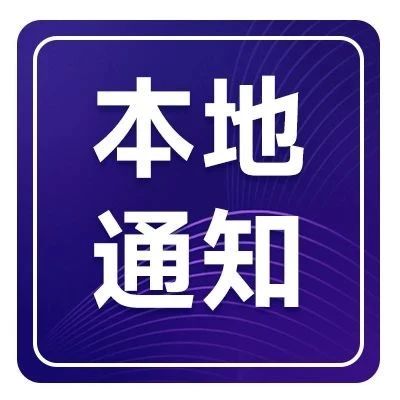Four Cases of Misuse of Fuzi in Traditional Chinese Medicine
Traditional Chinese Medicine Book Club Issue 2421 One issue per day, accompanying the growth of TCM practitioners AuthorIntroduction:Fuzi (Aconite) is known as the “first medicine for reviving yang and rescuing from reversal”. It can assist heart yang, warm spleen yang, and supplement kidney yang. According to the “Bencao Huiyan”, Fuzi is said to be effective … Read more

